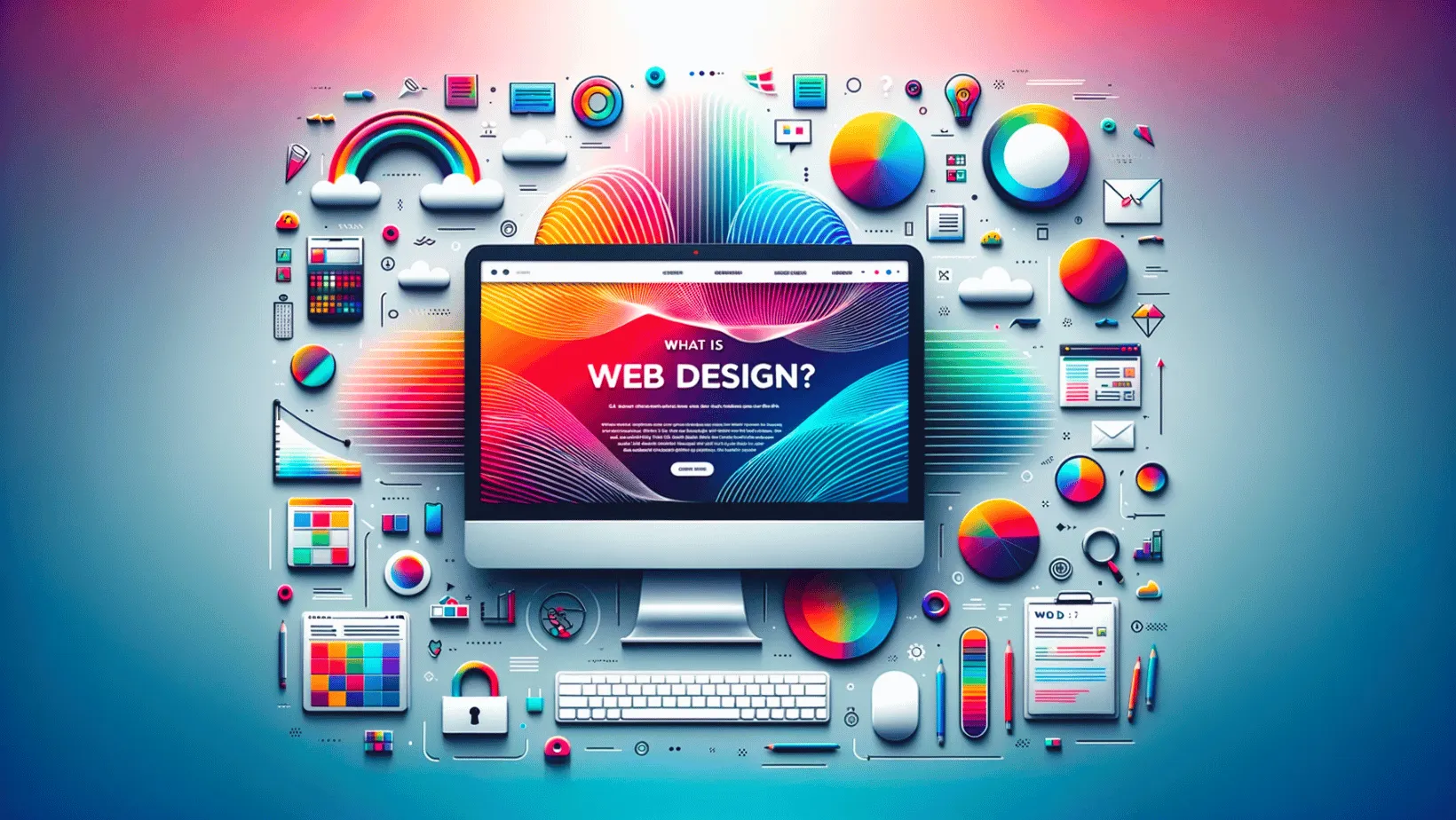Why Web Design Is Crucial for Building a Strong Online Presence
Why Web Design Is Crucial for Building a Strong Online Presence
Blog Article
Elevate Your Online Visibility With Stunning Web Design Tips and Trends
The interplay of aesthetic charm, current design patterns, and individual experience plays a crucial role in achieving this goal. The nuances of reliable design prolong beyond appearances; comprehending crucial approaches for optimization can significantly affect your success.
Significance of Visual Allure
This statistic emphasizes the critical role that aesthetics play in individual engagement and retention. Effective aesthetic layout encompasses components such as shade systems, design, images, and typography, all of which contribute to a cohesive and enticing user experience.
Furthermore, an aesthetically attractive internet site imparts a feeling of reliability and professionalism and trust. Individuals are more probable to trust a website that looks well-structured and polished, which can considerably impact conversion prices. Alternatively, a messy or unappealing design can result in high bounce rates, as individuals might perceive the website as unreliable or obsolete.
Additionally, the appearances of a site can convey brand name identification and worths (Web design). Consistent usage of branding components, such as logos and shade palettes, reinforces acknowledgment and fosters a much deeper connection with the audience. To conclude, prioritizing aesthetic charm is vital for creating interesting, credible, and brand-aligned online experiences that resonate with customers
Current Layout Patterns
Modern internet design is continuously progressing, and staying upgraded with existing trends is necessary for developing impactful on the internet experiences. One famous fad is the increase of minimalism, characterized by tidy lines, adequate white room, and a concentrate on crucial elements. This method not only boosts use however likewise allows web content to take spotlight.
Additionally, dark mode user interfaces have obtained appeal, providing individuals with an aesthetically striking alternative while minimizing eye pressure. This trend lines up well with customer preferences, providing a modern visual that is both elegant and functional.
An additional notable trend is the consolidation of bold typography. Designers are progressively using big, meaningful font styles to produce visual power structure and communicate brand name messages effectively. Coupled with vibrant color combinations, this fad adds dynamism to website.

Crucial Design Aspects
Reliable website design rests on a number of crucial design aspects that with each other produce a natural and interesting customer experience. The first of these components is design, which determines exactly how material is arranged on the page. A well-structured layout not only boosts readability but additionally overviews customers via the site seamlessly.
Shade plays an essential function in style, influencing emotions and brand name assumption. A harmonious shade scheme can stimulate details sensations and establish a visual pecking order, therefore drawing attention to crucial elements. Similarly, typography is vital; the selection of fonts should straighten with the brand identity and make sure clarity across tools.
Furthermore, whitespace is commonly ignored but is essential for creating equilibrium. It aids prevent clutter, allowing users to focus on the crucial elements without disturbance.
Last but not least, uniformity throughout all layout elements reinforces brand identification and makes navigating intuitive. By carefully integrating these crucial design components, internet designers can develop practical and aesthetically attractive internet sites that captivate visitors and encourage communication.
Customer Experience Optimization
A smooth individual experience is critical for retaining site visitors and driving conversions on a site. Optimizing individual experience (UX) involves comprehending your audience and customizing style components to meet their requirements properly. Key components of UX optimization consist of instinctive navigation, quick filling times, and clear telephone calls to activity.
Integrate breadcrumb trails to aid individuals quickly backtrack, minimizing irritation. Rate is another critical factor; sites should fill within three secs to prevent customers from abandoning the website.
Additionally, your website's style should focus on clearness. Usage readable font styles, contrasting colors, and whitespace to create a visually attractive design that overviews customers with material easily. Phone calls to activity must be plainly displayed, recommended you read utilizing actionable language that motivates individuals to engage.
Mobile Responsiveness Techniques
Virtually fifty percent of all internet website traffic currently originates from mobile phones, highlighting the relevance of executing durable mobile responsiveness strategies. To guarantee ideal customer experience across numerous display dimensions, web developers have to embrace a liquid grid format that adjusts flawlessly to various tools. This technique allows content to resize and restructure without endangering capability or looks.
Integrating adaptable pictures and media questions is necessary. Images should instantly adjust their size according to the viewport, while media inquiries can identify gadget features and use customized CSS designs as necessary. This strategy improves load times and makes certain that customers have a visually enticing experience.
Additionally, focus on touch-friendly navigating components. Buttons and web links must be easily tappable, More hints with adequate spacing to stop misclicks. Avoiding hover-dependent interactions additionally enhances functionality on touchscreens.
Finally, conducting regular screening throughout numerous gadgets and web browsers is critical. Devices like Google's Mobile-Friendly Test can assist identify areas needing enhancement. By embracing these mobile responsiveness techniques, companies can improve individual interaction, boost search engine positions, and eventually drive conversions, thereby raising their online visibility efficiently.
Verdict
In final thought, the execution of effective web style approaches dramatically boosts on-line presence. By prioritizing aesthetic charm through existing style patterns and vital elements, organizations can cultivate reliability and involvement. In addition, optimizing customer experience and making certain mobile responsiveness are important for helping with seamless interaction across tools. As the electronic landscape develops, embracing these concepts will not only astound site visitors yet also drive conversions, eventually adding to the general success of online undertakings.

Conversely, a unsightly or cluttered style can lead to high bounce prices, as customers may regard the site as undependable or out-of-date. - Web design
Efficient web layout hinges on several crucial design elements that with each other develop a interesting and cohesive customer experience. Enhancing customer experience page (UX) entails understanding your target market and customizing design aspects to fulfill their needs successfully.
Report this page